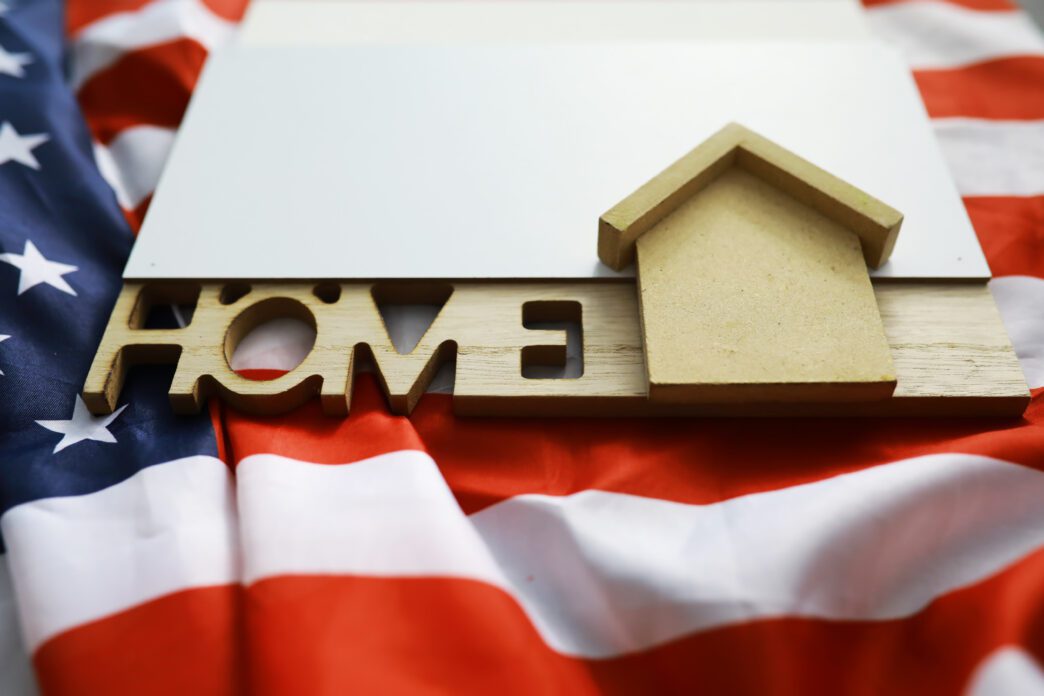Executive Summary
- The Trump administration is considering a 50-year mortgage to improve homeownership affordability amid high prices.
- The plan aims to lower monthly payments, helping first-time buyers who now represent a record-low 21% of the market.
- Proponents argue it provides an entry point to homeownership, while critics highlight the significantly higher total interest paid over the life of the loan.
- The proposal is in the early stages, and details regarding its potential implementation have not been released.
The Trump administration is exploring the possibility of a 50-year mortgage as a potential solution to ongoing housing affordability challenges. The proposal aims to assist prospective homeowners, particularly first-time buyers, who are contending with a competitive market, elevated home prices, and mortgage rates in the mid-6% range.
Addressing a Challenging Market
The consideration comes as the share of first-time buyers in the housing market has fallen to a record low of 21%, with the median age of a first-time homeowner rising to 40. In a statement on social media, the U.S. director of federal housing confirmed the administration’s focus on the issue, stating, “We are laser focused on ensuring the American Dream for young people. A 50-year mortgage is simply one weapon in a wide arsenal of solutions.”
Potential Benefits and Drawbacks
Industry professionals suggest that extending the loan term to 50 years would lower monthly payments, potentially enabling more buyers to qualify for a mortgage. “For someone starting out, especially if they’ve got student loans, maybe this offsets a little bit and gets them in the house,” said Windham mortgage broker Rich Barry. He added that most borrowers would likely refinance before completing the full term, using the loan as an entry point into the market.
However, the primary drawback of such a long-term loan is the significant increase in the total amount of interest paid over its lifetime if the borrower were to carry it to term. While monthly payments would be smaller, the overall cost of borrowing would be substantially higher compared to traditional 15- or 30-year mortgages. Despite this, some real estate professionals believe it could provide a viable path to homeownership. “The lower payments, they’ll be able to get out of their high rentals… so they can save more money,” noted realtor Tessa Parziale.
Next Steps
The proposal is currently in an exploratory phase, and it remains unclear if or when such a mortgage product could be implemented. The discussions reflect a broader effort to find new strategies to make homeownership more attainable for a wider range of Americans.








